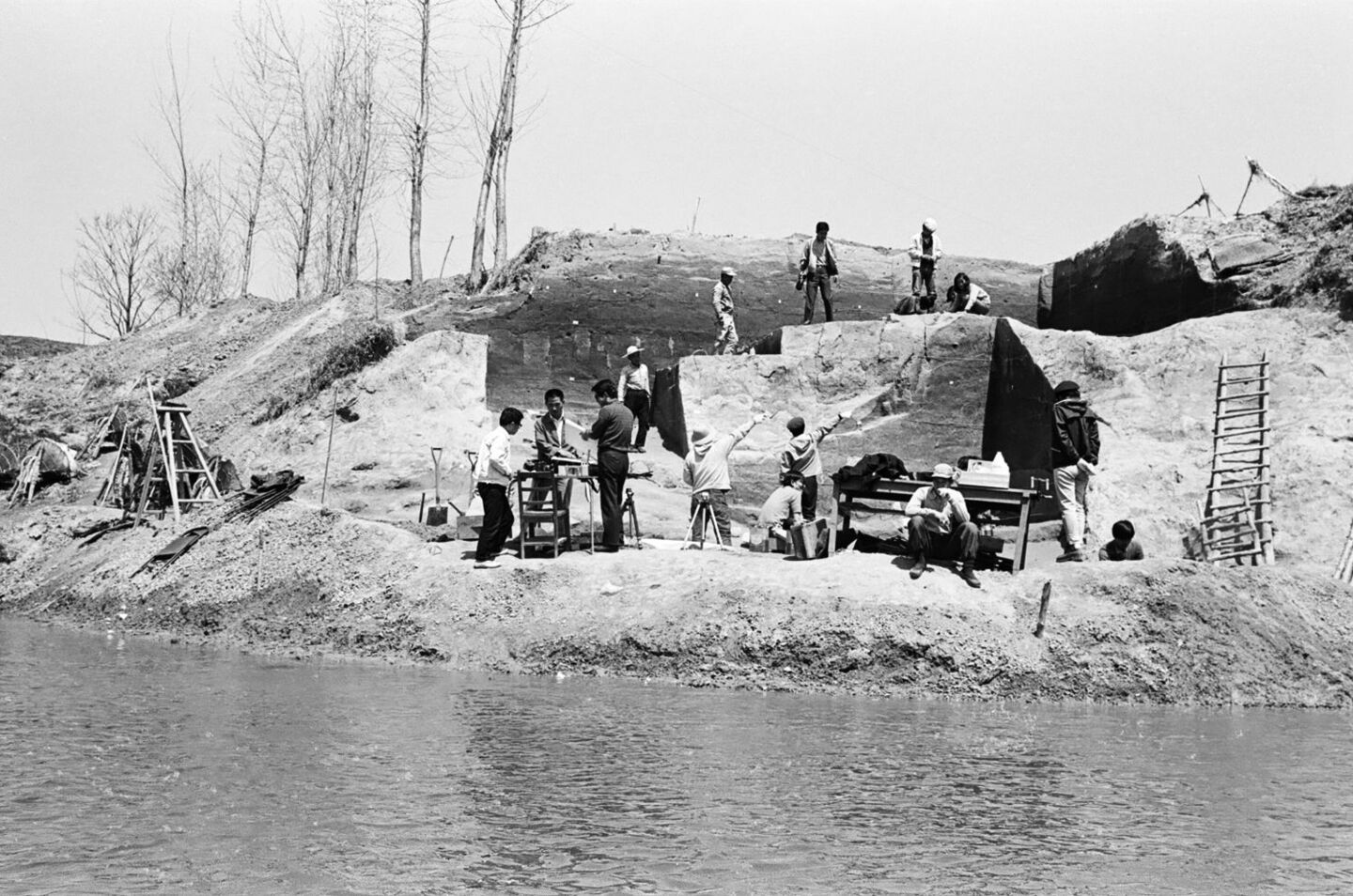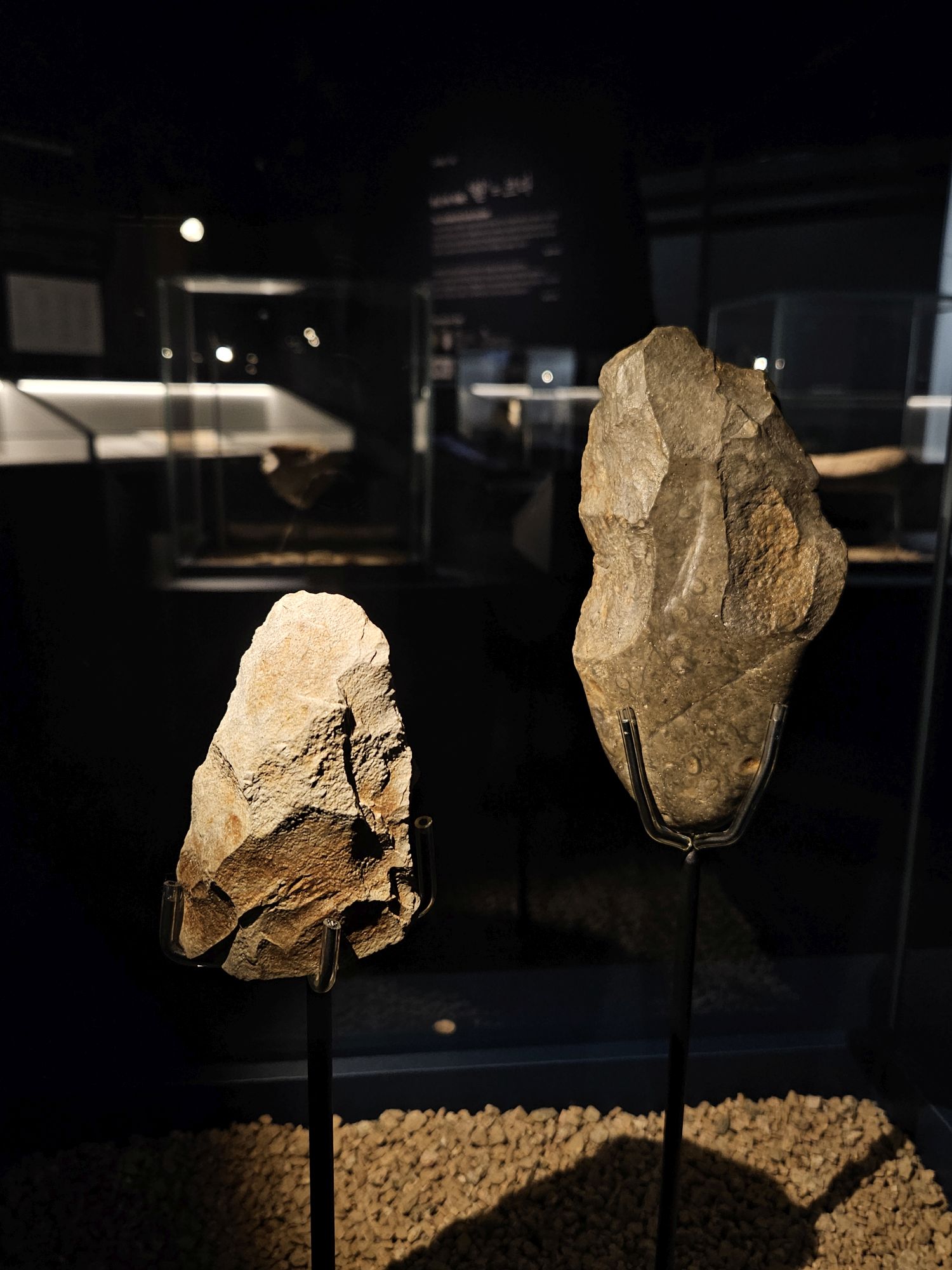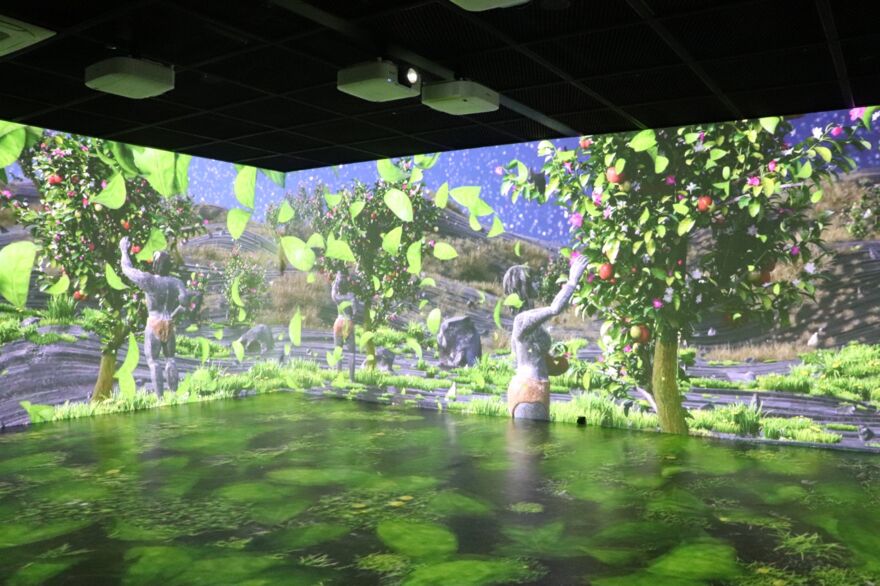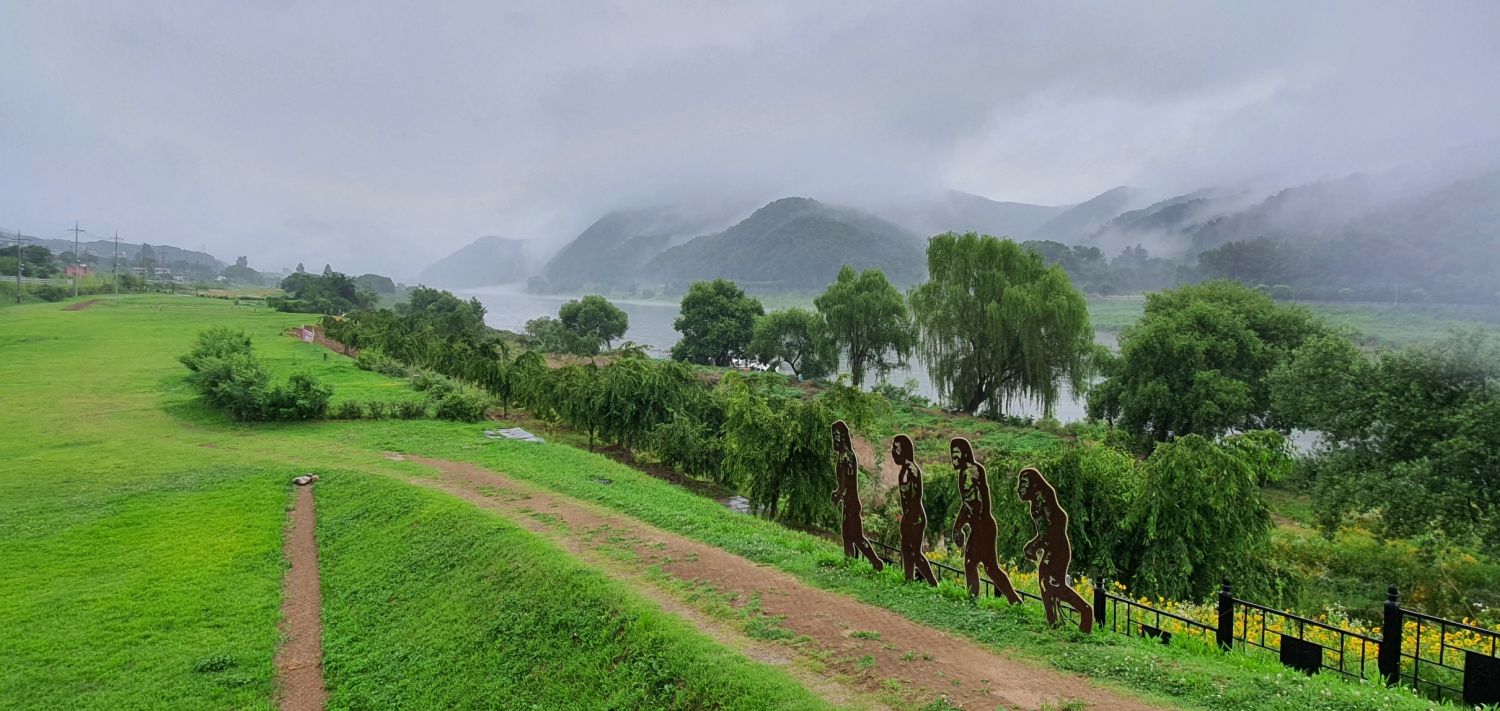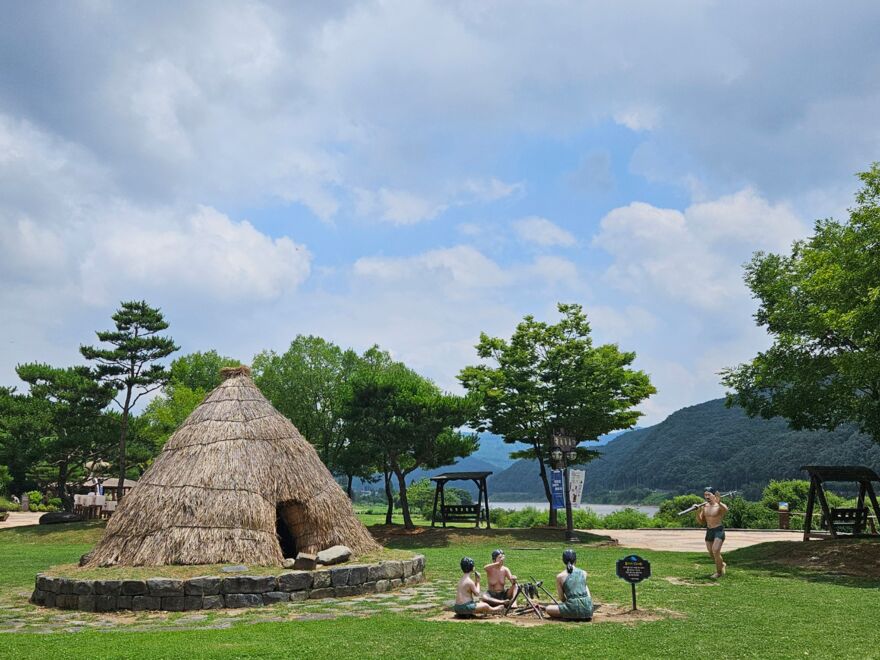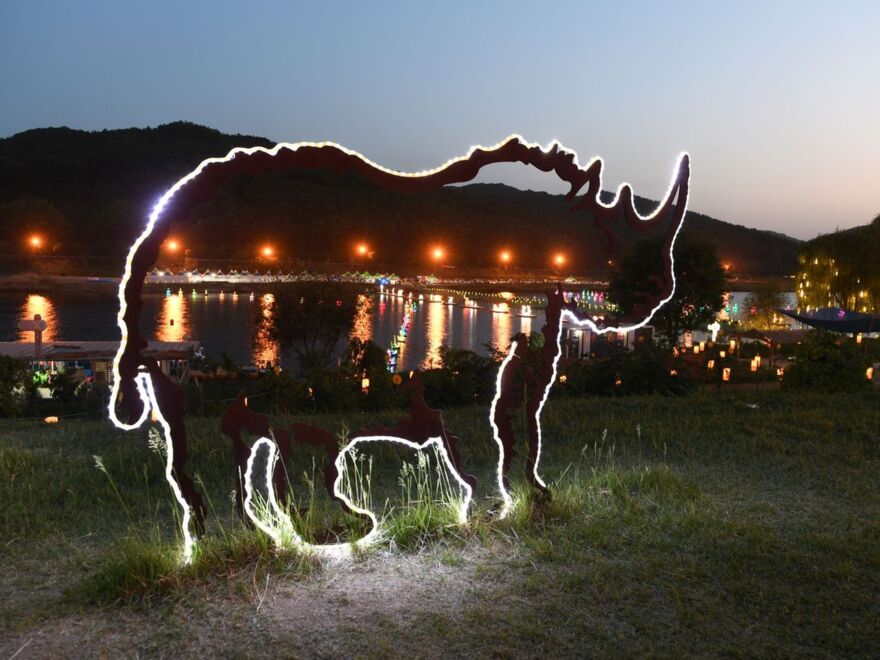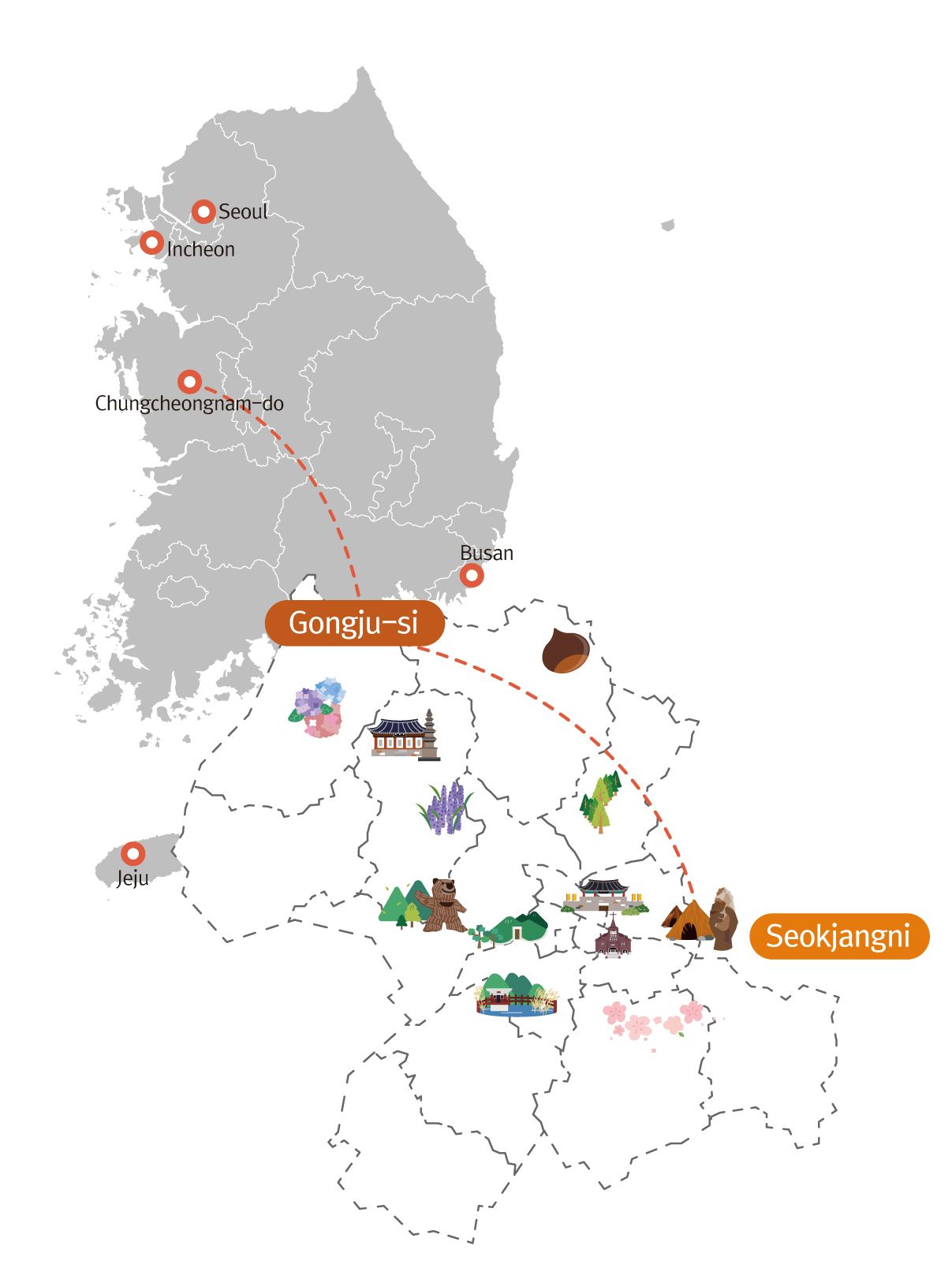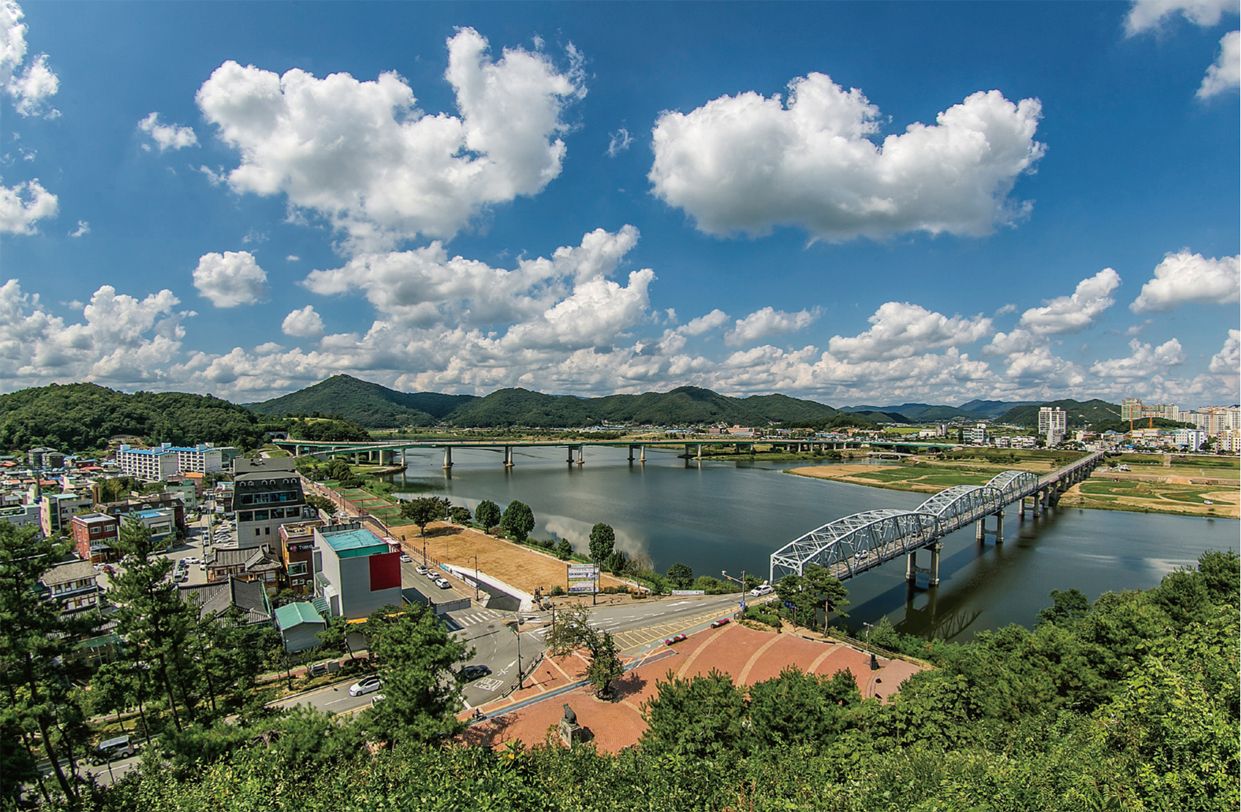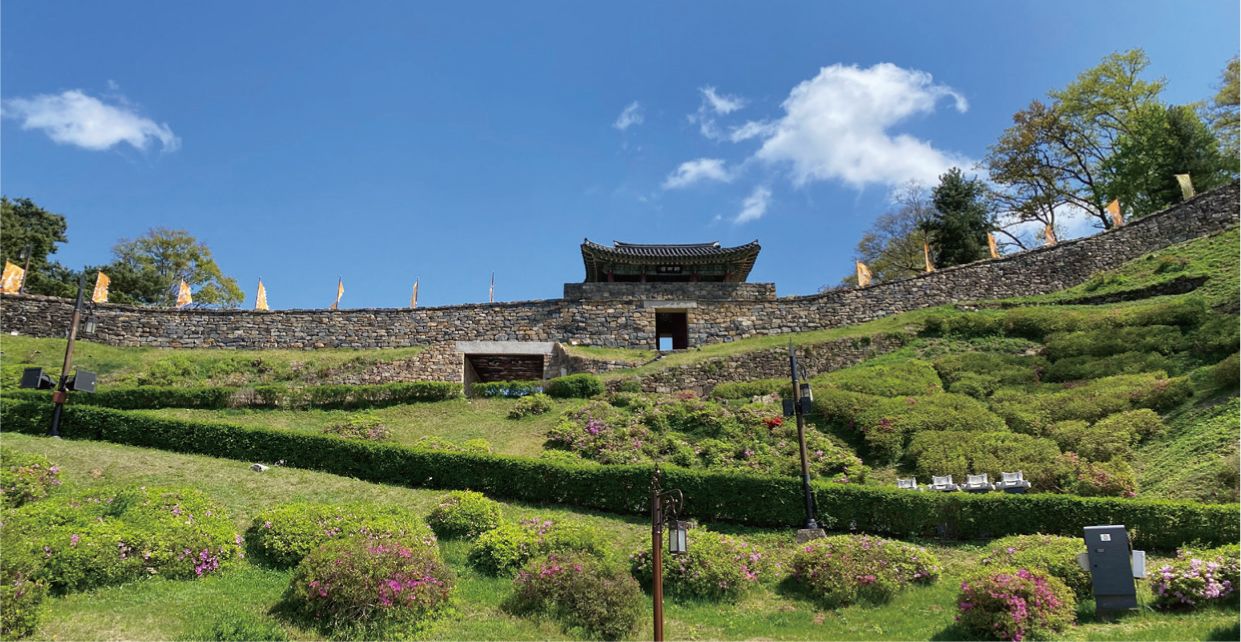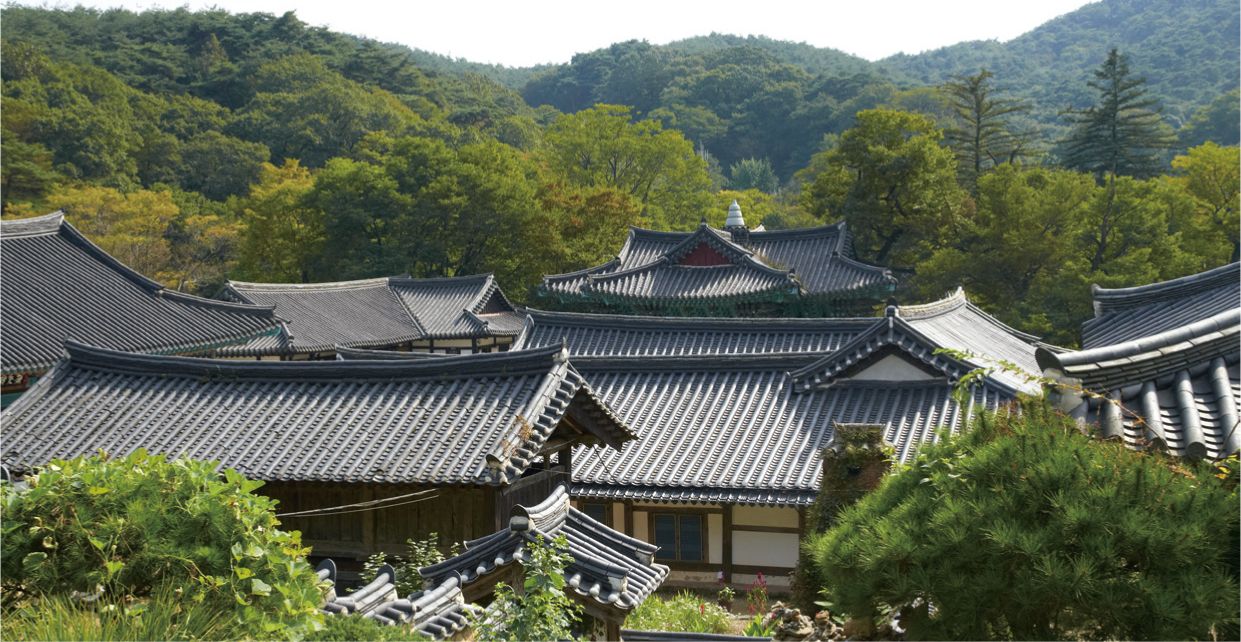The Seokjangni Museum in Gongju was established in 2006 to celebrate the first Paleolithic site to be excavated in South Korea. The excavation of the Seokjangni site in November 1964 confirmed the existence of the Paleolithic age in South Korea for the first time, marking the birth of Paleolithic archaeology in South Korea.
Located at the birthplace of Korean Paleolithic archaeology, the Seokjangni Museum aims to promote the Seokjangni site and Paleolithic culture by organizing exhibitions, providing educational and experience programs, and holding a Paleolithic festival for the public.
The Seokjangni Site
The Seokjangni site, as the first Paleolithic site excavated in South Korea, holds great significance in the history of Korean Paleolithic research. The initial excavation and investigation of the site resulted in both the development of Paleolithic terminology in the South Korean language and the establishment of a foundational framework for research on South Korean Paleolithic archaeology.
The Seokjangni site features thirteen archaeological layers spanning the Early to the Late Paleolithic period. Early period tools include hand axes made from pebbles, while Late period tools include end-scrapers, burins, blades, and micro blades, discovered sequentially within the stratified layers. In addition, three dwellings and hearths were uncovered in the Late Paleolithic layers.
The Museum
The Seokjangni Museum is located on the riverside overlooking the Seokjangni site in Gongju. It consists of various independent museum facilities, including the Visitor Center, Permanent and Special Exhibition Halls, and the Experience Room, which surround the archaeological site.
The Seokjangni Museum offers a wealth of interesting stories from the Paleolithic period. It starts with the story of the excavations of Paleolithic sites and goes back tens of thousands of years to share insights into human life during the Paleolithic age. Furthermore, the museum holds annual special exhibitions to introduce Paleolithic sites and artifacts from all over the world.
The First Record of Paleolithic Excavations in Korea
From the first excavation in 1964 until the tenth in 1974, excavation and investigation works were carried out on a continuous basis at the Seokjangni site.
The pioneers of Paleolithic archaeology conducted these excavations with great care and prudence, and produced a vast body of excavation records.
The Seokjangni Museum’s digital archive holds detailed records of early investigations and studies of Korean Paleolithic archaeology.
Stone Tools
The Seokjangni Museum exhibits a variety of stone tools unearthed from the Seokjangni site. It offers visitors an opportunity to learn about the production techniques of stone tools through videos and exhibits reproduced with experimental archaeology.
In addition, microscopic examinations allow visitors to discover the textures of stones used by Paleolithic people and to understand the uses of such stone tools through an examination of the wear marks remaining on them.
Immersive Video Room
The immersive video room invites visitors to travel back to the Paleolithic age.
This realistic experience offers insights into various aspects of the Paleolithic age, such as bipedal walking, the use of fire, tool making, hunting, burial practices, and art, simulating a journey into the remote past.
Outdoor Prehistoric Park
An outdoor prehistoric park is situated in front of the Seokjangni Museum. Visitors can reach the first excavation site of 1964 by exiting the museum and following the lawn and the pathway. The path continues up a hill behind the museum, where visitors can discover reproductions of Paleolithic people hidden throughout.
Address
Seokjangni Museum
Geum Beok Ro - 990
Seokjangni Dong, Gongju
Chungnam Provance, 32951
South Korea
Getting there
Gongju, home of the Seokjangni Museum, is a city in the Chungcheongnam-do province in the west of South Korea. It lies on the Geum River, about 120 kilometers south of the capital Seoul. Geographically, Gongju is situated in a mountainous region interspersed with fertile valleys. The city is known for its historical significance and numerous cultural sites, including the Gongsanseong Fortress and the royal tombs of the Baekje Dynasty.
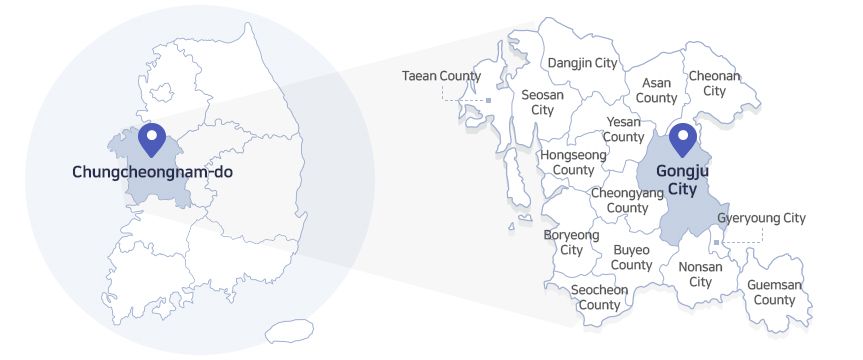
Hours & Admission
For opening hours and admission prices, please see the museum website.
Accessibility
You can find reserved parking spaces for disabled people and expectant mothers.
We offer a wheelchair for those who need it.
Mothers and babies can use the nursing room.
Visit Gongju
Gongju Tourist Information Center offers promotional materials, a wide range of travel information from transportation to food and accommodations to domestic and foreign tourists visiting the city.
There are interpreters and tour guides offering services in English, Japanese and Chinese (Mandarin) to provide detailed and accurate information on the cultural assets and cultural heritage sites of Gongju.

